Suggestion:
① Use water flossers at least once a day.
② It is strongly recommended that users with periodontal pockets use bigsmile water flossers three times a day, that is, after three meals, use bigsmile water flossers to clean the gaps between teeth, gingival sulcus, and periodontal pockets
Because food residue begins to rot after half an hour, mature dental plaque forms within 12 hours, and can harden into tartar within 24 hours. To avoid the deepening or increasing of periodontal pockets caused by this series of “chain reactions”, it is best to promptly remove food residues and dental plaque.

③ When using BigSmile water flossers for periodontal pocket cleaning, it is recommended to first use a low intensity rinse in gentle mode. As you gradually adapt, you can switch to a higher impact level of standard mode or pulse mode for cleaning. Bigsmile water flossers have a wide range of 5-160PSI impact options, and the most suitable flushing force can be selected according to the condition of the periodontal pocket. It can effectively clean the periodontal pocket, gaps, and gingival sulcus without stimulating the gums.
-1.gif)
④ In addition, as the growth period of dental plaque is 12 hours, it is recommended to add disinfectant mouthwash to the water tank when using the toothbrush twice in the morning and evening, as disinfectant mouthwash is more effective in cleaning bacteria in periodontal pockets. Only by promptly removing food residues and plaque from between teeth and periodontal pockets can oral problems such as plaque accumulation and retention, as well as the formation of dental calculus, be avoided, fundamentally preventing the formation or deepening of periodontal pockets.
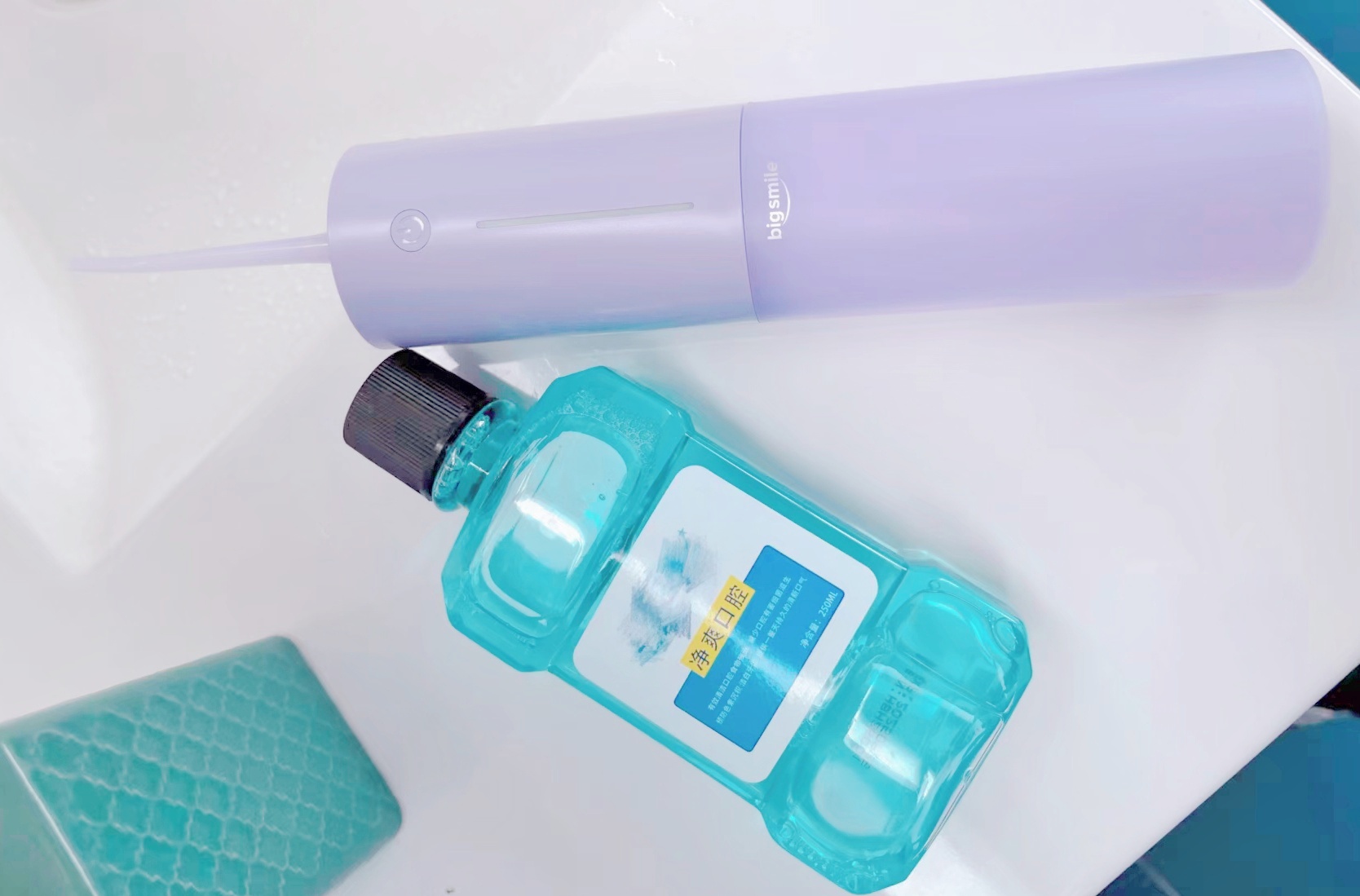
Why would I suggest this to everyone? What is the basis for such a suggestion?

A few days ago, a user raised this question after purchasing our water flosser.
Xiaojie looked confused and wanted to say, ‘I’m not a dentist, I dare not give advice!’!
But our boss said
As professionals, we
How can we not help customers solve all the problems they encounter
therefore
I decides

In order to provide professional and scientifically based advice, Xiaojie searched through the entire China National Health Commission’s 13th Five Year Plan textbook and finally found knowledge related to periodontal pockets in the 5th edition of the national higher education textbook “Periodontology”. Based on this, she summarized four relatively reasonable and scientific suggestions at the beginning.
01··What is periodontal pocket··
Periodontal pocket is a pathological deepening of gingival sulcus, which is one of the most important pathological changes in periodontal disease. The normal gingival sulcus depth is generally 0.5-3mm. When the gingival sulcus depth is greater than 3mm, it is diagnosed as pathological gingival sulcus deepening, also known as periodontal pocket. Periodontal pockets generally contain plaque, plaque, gingival crevicular fluid, food debris, salivary mucin, exfoliated epithelium, and white blood cells.
Pathological gingival sulcus deepening is generally divided into two situations: first, gingival margin migration towards the crown direction; 2、 The bottom of the ditch extends towards the root.
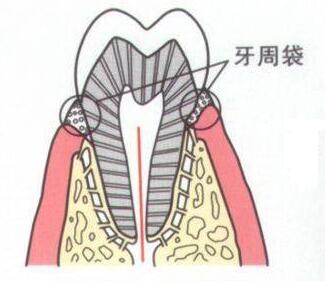
02··How is periodontal pocket formed?
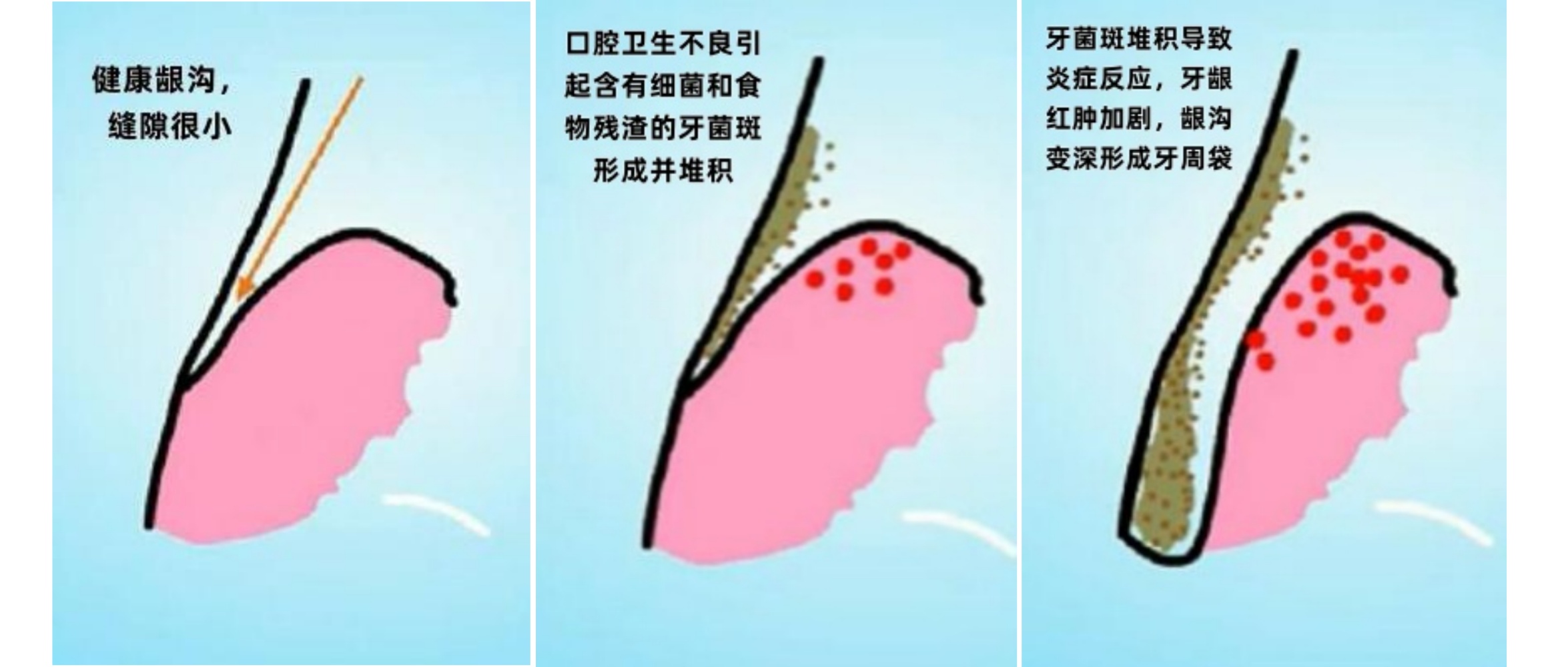
The formation of periodontal pockets is mainly caused by factors such as dental calculus, surface pigmentation, defects and abnormalities in the tooth and periodontal tissues, food impaction, trauma, bad habits, and poor restorations, which lead to chronic inflammation at the gingival margin and develop into deep periodontal support tissues, resulting in periodontitis. When inflammation stimulates the gums for a long time, it will cause the gums and roots to peel off, forming a bag like structure between them, which is called periodontal pocket.
With the deepening of periodontal pockets and the aggravation of gingivitis swelling, it is more conducive to the accumulation and retention of dental plaque and the formation of dental calculus, thereby exacerbating inflammation and deepening periodontal pockets, forming a vicious cycle of progressive destruction.
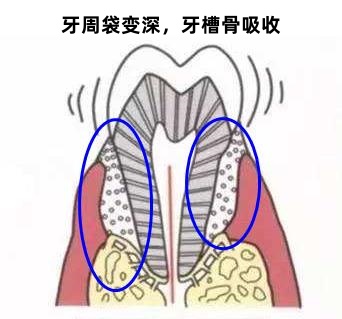
In order to avoid the vicious cycle of “chain reaction”, we should pay attention to timely removing food residues and dental plaque in the periodontal pocket during daily prevention and treatment, and strictly control the plaque to prevent recurrence.
bigsmile water flossers, on the other hand, use high-frequency pulse water flow at a rate of 1400 times per minute to timely remove food residues and plaque from periodontal pockets, gaps, and gingival grooves, effectively avoiding plaque accumulation and retention, and preventing inflammation from worsening at the root. Effective control of inflammation can make the periodontal pocket shallower, improve the level of periodontal attachment, and strive for appropriate periodontal tissue regeneration, in order to maintain the long-term stability of periodontal pocket efficacy.
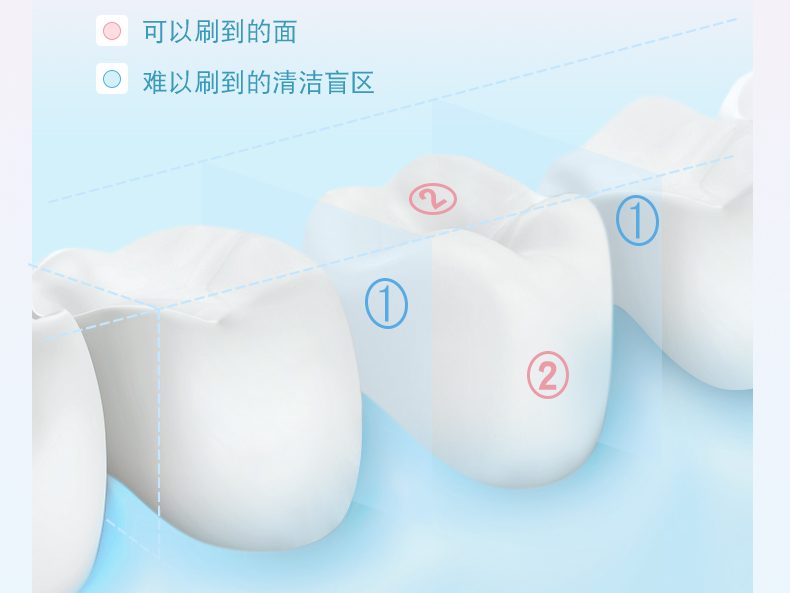
In summary, I strongly recommend bigsmile users with periodontal pockets to use bigsmile water flossers three times a day, which means they should be used for oral cleaning after three meals. When using a water folsser for oral cleaning in the morning and evening, they should also use antibacterial mouthwash for deep oral cleaning to efficiently remove dental plaque and prevent the formation or deepening of periodontal pockets from the root cause.